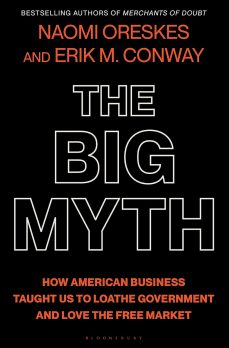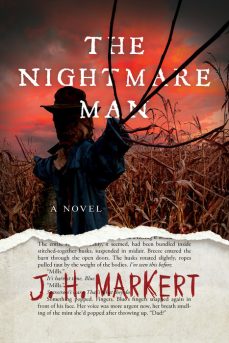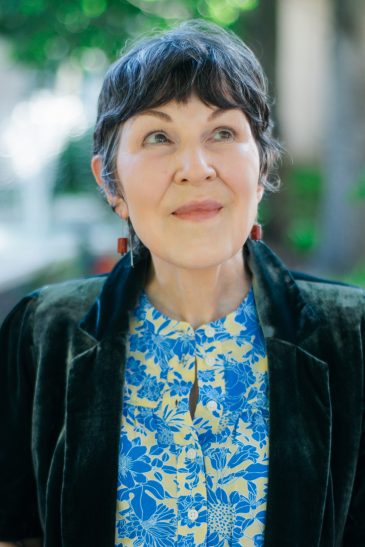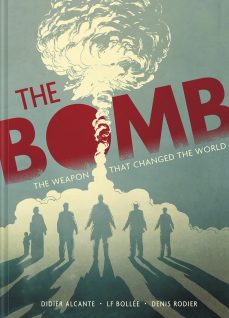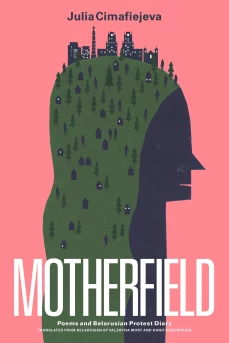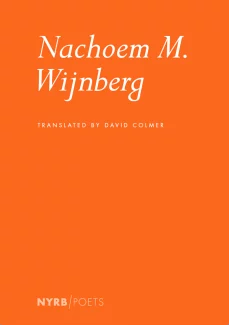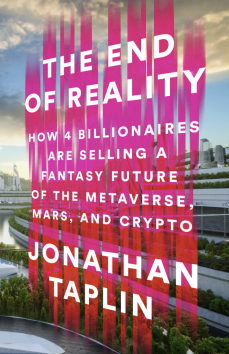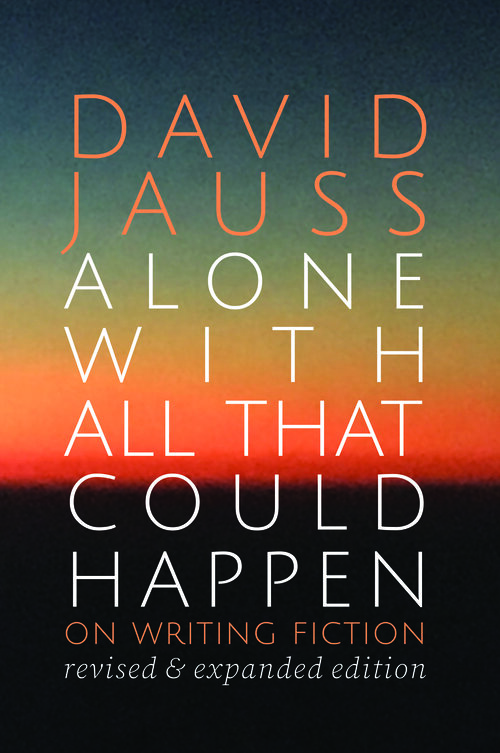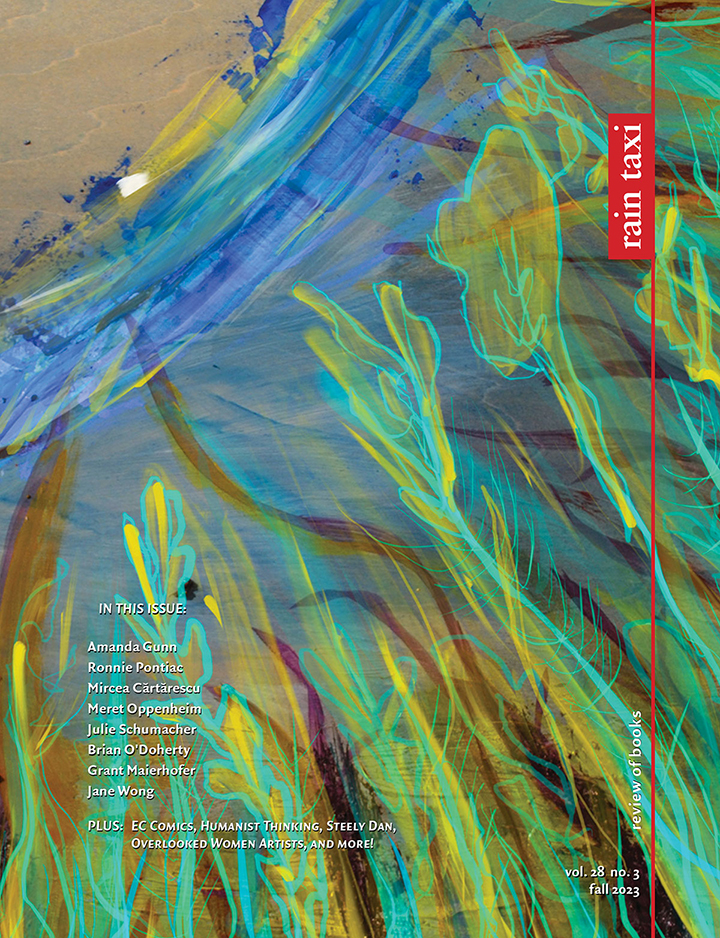.
by Pierre Joris and Nicole Peyrafitte
Pierre Joris: It is excellent to have Sophus Helle’s new collection of translations of texts attributed to the Sumerian poet Enheduana framed by a very insightful series of essays. He points to her importance today as the “world’s first known author,” whose poems also include a “complex and self-reflective account of authorship, as she depicts herself stepping into literary history.” Under that light she can be seen as a post-modern—thus totally contemporary—author, despite the fact that she lived around 2300 BC! Though even more interesting is how Helle sums up her themes, all of which are also highly relevant today: “exile, social disruption, the power of storytelling, gender roles, the devastation of war, and the terrifying forces of nature.”
If I remember correctly, the first place we came across one of those Sumerian poems was in Jerome Rothenberg’s anthology Technicians of the Sacred (University of California Press, 1985). There Jerry reproduced a translation he worked on (via a literal translation of the Sumerian by Betty Meador and Renata Leggit) of a poem called “The Vulva Song of Inanna,” without mentioning its possible author, Enheduana. You immediately took to this poem and included it in your performance work. Can you speak to the importance of this text for you?
Nicole Peyrafitte: This is how it went for me: I was interested in feminine representations that would directly address the vulva and you pointed me to “The Vulva Song of Inanna,” in Technicians. This text blew my mind and I started looking deeper into this Inana* character, who sounded totally unleashed—and unleashed she was and still is for me!
But let’s be very clear—and it is important because there is a lot of confusion about this—“The Vulva Song of Inanna” is not attributed to Enheduana, nor is “Inanna’s Descent to the Nether World.” “The Vulva Song of Inanna” comes from another collection of tablets often referred to as “the Sacred Marriage.” Betty Meador worked with Jerry on this translation for Technicians, and later published Inanna Lady of the Largest Heart, Poems of the Sumerian High Priestess Enheduanna (University of Texas Press, 2000), and in the acknowledgments of this book,she mentions she began translating Sumerian Sacred Marriage Hymns in collaboration with J.R.
By the way, a recent review of the Barbie film, titled “Barbie is the New Inanna,” compares Barbie’s quest and travel to the human world with Inana’s descent into the netherworld. The reviewer, Meg Elison, makes an interesting point in the online magazine “The Wild Hunt,” though she too was a bit fussy about authorship of those two poems, as she attributes them to Enheduana. I have seen this conflation often made by popular culture stories inspired by Inana; it is not a big deal, but now we have info like this incredibly well done and accessible book to help us appreciate the depth of the complexities of this culture that lasted many thousands of years.
So yes! It was immediately important; Inana resonated deeply. She was full of paradoxes, irreverences, uninhibited. The way she sang and celebrated her vulva was so liberating. The con/fusion between vulva and vagina had always bothered me. I had already been thinking of the vulva in terms of a hidden face, and as vestibule to the vagina. In some prehistoric caves, like the one at Gargas, both representations are present.
As for Enheduana, it was you who got into this material via a book you found in the mid 1990s that got you fascinated by the linguistic intricacies of Sumerian—also mentioned by Helle when he explains the Sumerian dialect called “Emesal (literally, ‘thin tongue’), which in literary texts is spoken only by goddesses. . . . [and] associated with the female gender.” I, on the other hand, was looking into the material translated and studied by Samuel Noah Kramer and his French associate Jean Bottéro. It was exhilarating to discover this complex culture, and it was so refreshing and empowering to be able to read four-thousand-year old, pre-monotheistic material where women had autonomy, with, on top of their pantheon, a female deity that would go to hell, steal the “me’s,” the powers of other gods, and sing the plowing of her vulva loud and clear!
Kramer was the first to translate this material in the late 1930s. Material had been excavated in the late nineteenth century, but the decipherment of Sumerian—which is neither a Semitic nor an Indo-European language—was difficult and time-consuming. As Kramer put it in Sumerian Mythology (Harper Torchbooks, 1961): “The very name Sumer was erased from the minds and memory of man for over two thousand years.”
Besides the vulva song, the other text I was truly fascinated by was “Inanna’s descent to the netherworld.” Though none of these texts are part of the corpus attributed to Enheduana, she most certainly drew both literary and political inspiration from them. We are pretty sure she had read or heard all these stories and was fully aware of Inana’s importance in that part of the world her father King Sargon had conquered. Just for context, the Nippur excavation unearthed some 30,000 tablets, mostly in Sumerian, and ninety-five percent of which are of an economic character.
PJ: I first came across “Inanna’s descent to the netherworld” in Charles Olson’s The Chiasma, or Lectures in the New Sciences of Man, where he proposes the need to study a group of women he links back to what he calls “Cro-Magnon” culture and forward to the next cultural complex, the Greeks, pitching Inana’s descent as the opposite of Orpheus’s, etc. But we’re getting too far away—although the various ways we both came to those Sumerian texts is enlightening, too, showing the complexity of the situation. And this is also important because Helle’s book clears up much of these matters and is an excellent way into this very complex domain in which information is continuously shifting as new material is discovered and as new insights are gained into a very complex language and culture.
NP: Yes, indeed, the depth of the essays is impressive! They move from the historical to the political, from the question of authorship to that of translation, and address how all these layers play into each other—a true tour de force that gives many tools to contextualize Enheduana from then to today.
PJ: Though at this point, a wide range of more general books on Sumer and Sumerian literature is available, which enables Helle to focus on this figure and the questions she raises. There are also good websites where you can get info about all matters Sumerian, such as: https://etcsl.orinst.ox.ac.uk/. Also mentioned by Helle, the second episode of the podcast series Ishtar Diaries, featuring the Iraqi American poet Dunya Mikhail (now living in exile in these States) speaking about her relation to Enheduana and the latter’s influence on her work: https://soundcloud.com/columbiaglobalcenters/in-praise-of-ishtar?in=columbiaglobalcenters/sets/ishtar-diaries.
NP: One of the core interests of the book is the proposition that here we have the first named author we know of. Even if this proposition may raise questions, Helle is clear: “Regardless, the fact that the ancient scribes saw Enheduana as the author of these poems is significant . . . The idea of authorship, the notion that a poetic text could be traced back to a named and identifiable individual rather than to a collective and anonymous tradition was born when these hymns were ascribed to Enheduana, and that is true regardless of whether the attribution was correct.”
PJ: Indeed, there probably were, before her and elsewhere in the world, named poet-authors, whose work and identity completely escapes us. Still, it is interesting to think that we now know of an author, a woman, who is way earlier than good old “Homer,” whoever he was, if he even existed as a person, and who in the Western-civ tradition is pitched as the first and greatest of poets. No place here for details, but we need a translation of Raoul Schrott’s book, Homers Heimat (Homer’s Homeland), which shows how, whoever Homer was, the Iliad, rather than the brand-new poem inaugurating this new Greek “high culture,” is in fact linked to and even derived from Assyrian and other Middle Eastern models. At any rate, fascinating as all this is, it will have to remain hazy to a great extent; the book under hand is however very helpful in a number of ways.
NP: Helle raises all kinds of complexities and controversies such as, did she really write all those texts attributed to her or not? But recently as we visited the excellent show at the Morgan Library “She Who Wrote: Enheduanna and Women of Mesopotamia, 3400-2000 BC”; it was interesting to listen and talk to visitors and hear how Enheduana is immediately mythologized into “the first woman poet ever,” a figure of pure genius to be admired and adored without looking further into her historical situation—
PJ: —Yes, a sort of absolute origin—and thus Enheduana gets reduced to just another myth—
NP: —Everybody immediately puts her on a pedestal and that’s not right, that’s not what she is. We have proof that Inana qua deity to be worshipped, as well as the poems and stories about her, go back at least 2,000 years before Enheduana. Essential also to see Enheduana’s total appropriation of an earlier culture as she was sent to Ur by her father, the Akkadian conquerer-king and empire founder Sargon, and as far as we know, she had to first learn Sumerian, both the language and the culture, in order to do her job as priestess to Inana and simultaneously as the political head of that city-state.
So, yes, give Enheduana the credit due her, but see her in the light of who she actually is and what she did—and here, Helle’s book is much better informed and richer in setting the context. In the essay “Enheduana’s World” he writes: “Enheduana lived through one of the most turbulent periods in the history if the ancient Near East. . . . her family was at the heart of it. . . . cities were caught in a web of conflicts, peace pacts, and exchanges of goods and ideas, but each was its own political entity. . . . Then came Enheduana’s father, Sargon of Akkad. He united the cities under one rule, creating the first known empire.”
PJ: I of course find it very exciting to think that she, the “first female author” thus wrote in her second language, a language that wasn’t her mother-tongue! And so, if Jerry Rothenberg and I get to finish another anthology we have in mind, Blows Against the Mother-Tongue, a world-wide survey of poets who wrote in their second or third languages, Enheduana would of course open that book. Now in today’s terms, there then also arises the specter of cultural appropriation . . .
NP: Well, it is possible that she did know some Sumerian, because in those days, cultures in adjacent “countries” were probably more porous than we think. Instead of imposing her religion, smartly enough she adopts and uses the locally established religion—though as a woman, of course, she might very well have been seduced and felt totally empowered by the figure of Inana.
PJ: Yes, one could suggest that the figure of a powerful goddess must have been very attractive to her, a deity that was not only the goddess of love and sex, but also that of war and chaos, and who turns out to be maybe the major god-figure of that area for centuries to come, as the Acadian, then Assyrian, then Babylonian figure of Ishtar.
NP: Both the Hymn to and the Exaltation of Inana prove that Ehneduana has done her research and was rewriting that earlier material for her own purposes, be they personal, ritual or political—
PJ: —and here we may actually use another Olsonianism, though rather than making that word into “his-story” we can say “her-story”—
NP: —The tablets that predated her informed her and/or her scribes’ writings. As we mentioned the corpus is huge, it goes from myth of origins to wars and ecological disasters, to love and its rituals.
PJ: From a purely literary p.o.v. it seems that the oeuvre we can attribute to Enheduana qua author consists essentially of two poems plus a set of hymns—the first and most celebrated being “The Exaltation of Inana”—and Helle shows how this is a poem as much about its author than about the goddess and details the reasons why this is important: The priestess has to make sure the goddess has power over the land so that she, her priestess, also can have and hold power, and she has to do this via the power of the poem. As Helle puts it: “In a sense, the Exaltation is a poem about itself, about whether Enheduana will succeed in elevating Inana, overcoming her loss of eloquence, and so saving her own life.” The second is the so-called “Hymn to Inana,” a longish poem which Helle reproduces with the expanse of its missing sections indicated (many tablets were broken or lost) showing the fragmentariness of the work as it has come down to us.
NP: The Hymn, or what we have of it, is very interesting because it shows the complexity of Inana: her mighty power over the main gods, her sympathy for the less fortunate, and her protection of women (as in “and build a home / for the women, to / fill it with goods”), while at the same time she is certainly not perfect—an aspect that is usually anathema to the idea of a supreme godhead’s character.
PJ: How do you see / hear / sense—both qua poet and performance artist—Helle’s translations in comparison to the older ones?
NP: So far these translations are my favorites. They are tight, have great rhythm, and are stripped of “literary embellishments.” All the things I learn from you about what a good translation needs!
PJ: Let’s just give one example. Here is a section from Meador’s translation of The Hymn to Inana (first column), juxtaposed with Helle’s version (second column):

